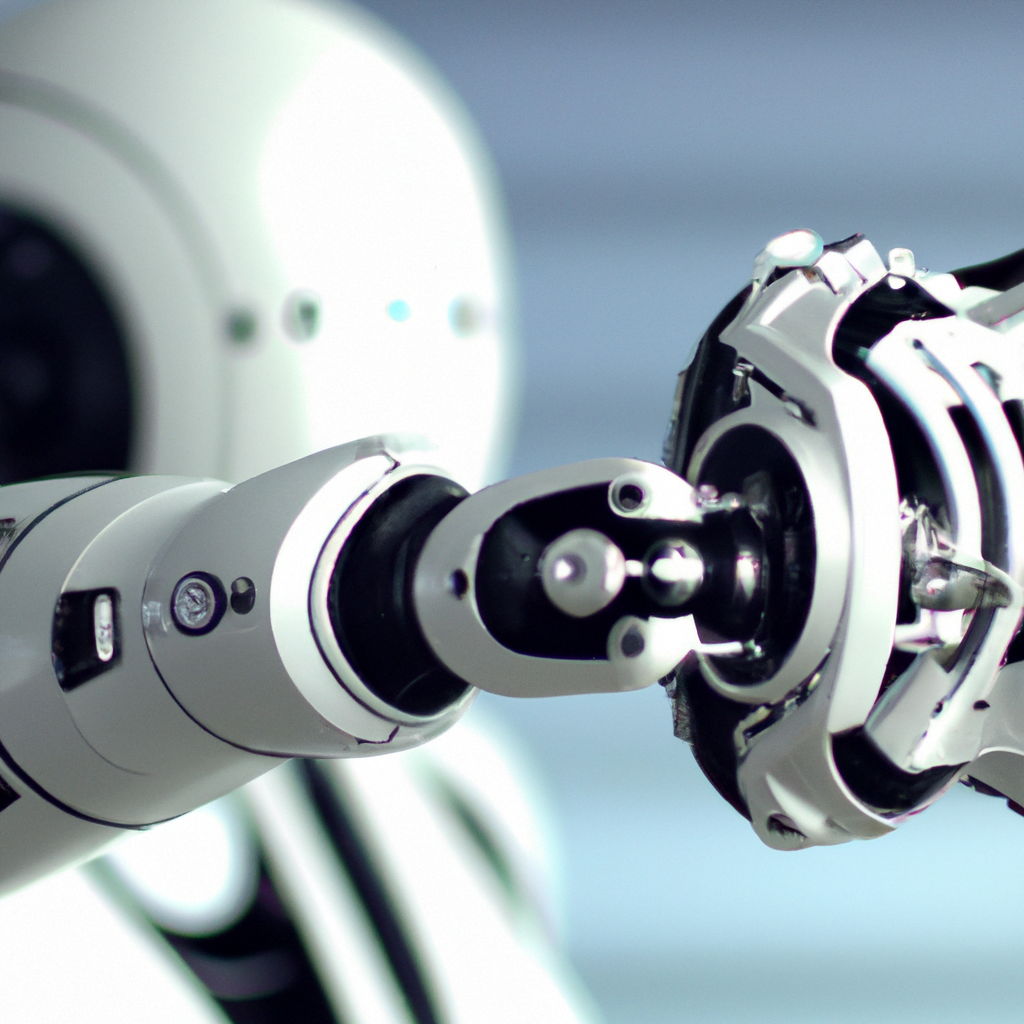The impact of AI on teacher professional development
Artificial intelligence (AI) is rapidly transforming various industries, including education. With the increasing demand for personalized learning experiences and advancements in technology, AI has the potential to revolutionize teacher professional development.
What is AI?
AI refers to the simulation of human intelligence in machines that are programmed to think and learn like humans. It involves the use of algorithms, machine learning, and natural language processing to enable machines to perform tasks that would typically require human intelligence, such as visual perception, speech recognition, decision-making, and language translation.

How AI can Benefit Teacher Professional Development
AI can provide numerous benefits to teacher professional development, including:
Personalized Learning: AI can help teachers personalize learning experiences for students by providing them with customized learning paths based on their individual needs and preferences.
Adaptive Learning: AI can analyze student data and adjust teaching strategies in real-time to ensure that students are receiving the support they need.
Time-Saving: AI can automate administrative tasks, such as grading and lesson planning, which frees up teachers’ time to focus on other aspects of their work.
Continuous Improvement: AI can provide teachers with real-time feedback on their teaching practices, enabling them to continually improve and develop their skills.
Accessible Learning: AI can provide learning opportunities to students in remote or underserved areas, expanding access to education.
Examples of AI in Teacher Professional Development
There are several ways that AI is already being used in teacher professional development, including:
Chatbots: AI-powered chatbots can provide teachers with instant support and answers to their questions.
Learning Analytics: AI can analyze student data to provide teachers with insights into student performance and help them adjust their teaching strategies accordingly.
Virtual Classrooms: AI-powered virtual classrooms can provide students with personalized learning experiences and enable teachers to monitor student progress in real-time.
Professional Development Courses: AI-powered professional development courses can provide teachers with personalized learning experiences based on their individual needs and preferences.
Challenges and Risks
Despite the potential benefits of AI in teacher professional development, there are also several challenges and risks that need to be addressed. These include:
Privacy Concerns: AI requires access to sensitive data, such as student and teacher personal information, which can raise privacy concerns.
Bias and Discrimination: AI can perpetuate bias and discrimination if it is not designed and implemented appropriately.
Job Displacement: AI can automate administrative tasks, potentially leading to job displacement for teachers.
Conclusion
AI has the potential to transform teacher professional development, providing personalized learning experiences, adaptive learning, time-saving solutions, continuous improvement, and accessible learning. However, it also comes with challenges and risks that need to be addressed. As AI continues to advance, it is essential to ensure that it is used ethically and responsibly to maximize its benefits and minimize its risks.




